Is it UV or LED?

If you've been researching UV Lashing, you've probably come across both the terms “LED” and “UV”—sometimes used interchangeably, sometimes incorrectly. It’s a common point of confusion in the lash industry and beyond. So let’s clear things up once and for all.
🌟 LED vs UV: Two Different Things
LED (Light Emitting Diode) and UV (Ultraviolet) are not opposites or competitors—they refer to completely different concepts:
- LED describes how the light is generated. It’s a type of light source known for energy efficiency and long life.
- UV refers to what kind of light is emitted—specifically, light with wavelengths shorter than visible light.
In short:
- LED = light source
- UV = light spectrum
It’s possible (and very common) for a light to be both LED and UV. That’s exactly the kind of light used in UV Lashing.
In fact, you should never us a UV Lashing Light that is not LED!
💡 What Kind of UV Wavelengths Do UV Lashing Lights Emit?
UV light spans a spectrum of wavelengths ranging from about 100 nanometers (nm) to 400 nm. However, not all UV light is created equal—or safe.
Here’s a quick breakdown of UV light types:
- UVA (315–400 nm) – Least energetic, commonly used in UV Lashing Lights.
- UVB (280–315 nm) – More energetic, can cause skin burns.
- UVC (100–280 nm) – Highly energetic and dangerous, used for sterilization.
Most UV curing lights used for lash applications emit in the UVA range, typically around 365–405 nm. This range is considered safe when used correctly and is effective at curing UV-sensitive lash adhesives. Many UV adhesives are specifically designed to cure best around 365–405 nm.
All Halo UV Lights are designed to emit 395-400nm UV wavelengths.

🔬 Why UV-Curable Adhesives Rely on Specific Wavelengths
UV lash adhesives contain photoinitiators—chemical compounds that react to UV light to start the curing (hardening) process. These photoinitiators are sensitive to certain UV wavelengths, and if the emitted light isn’t within the correct range, the glue simply won’t cure correctly.
Poorly matched light = poor retention, poor safety, and poor results.
That’s why it’s important to pair a professional-grade UV lash glue with a UV LED light that has the correct emission spectrum.
💡 Why Use LED Bulbs in a UV Light?
LED bulbs offer huge benefits when used as the light source in UV lash lights:
1. Energy Efficiency
LEDs use far less energy than traditional UV bulbs, making them cost-effective and environmentally friendly.
2. Precision
LEDs can be designed to emit very specific wavelengths (like 365 nm or 395 nm), which means you get consistent, reliable curing every time.
3. Low Heat Output
Unlike older UV bulbs, LEDs emit very little heat, making the lashing experience more comfortable for both artist and client.
4. Durability
LED bulbs last thousands of hours. That’s less time worrying about replacements and more time focusing on your lash sets.
5. Instant On
No warm-up time needed—LED UV lights are ready to go the second you turn them on.
✅ Key Takeaways
- LED refers to the light source; UV refers to the light’s wavelength.
- UV lash adhesives cure best in the 365–405 nm UVA range.
- A UV LED lash light is ideal: it combines precise UV output with the efficiency and durability of LED technology.
Understanding the difference between UV and LED isn’t just technical—it’s essential for safe, effective lashing. When you're investing in UV Lashing tools, make sure you’re choosing products designed to work together for optimal performance.
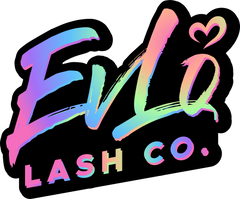
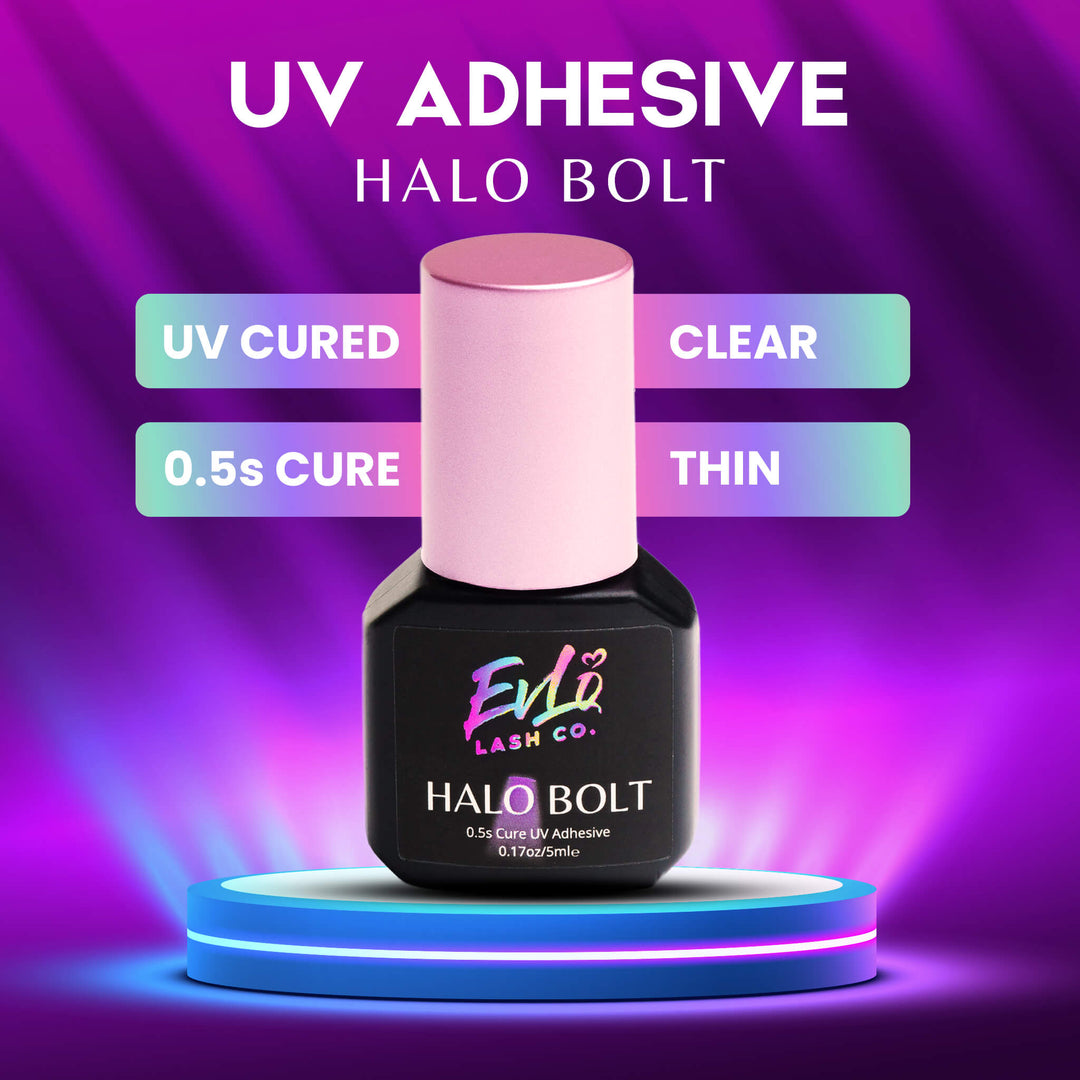
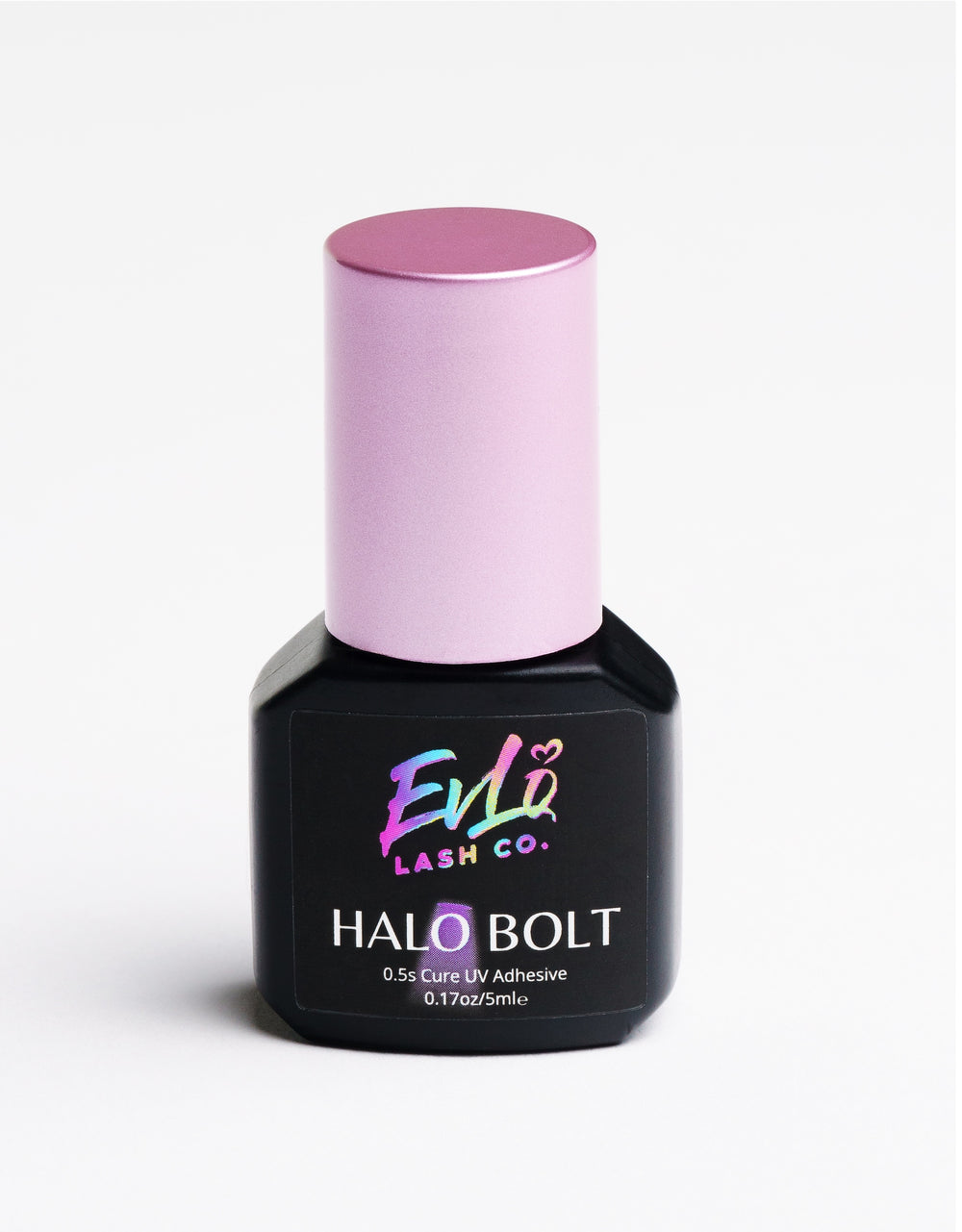
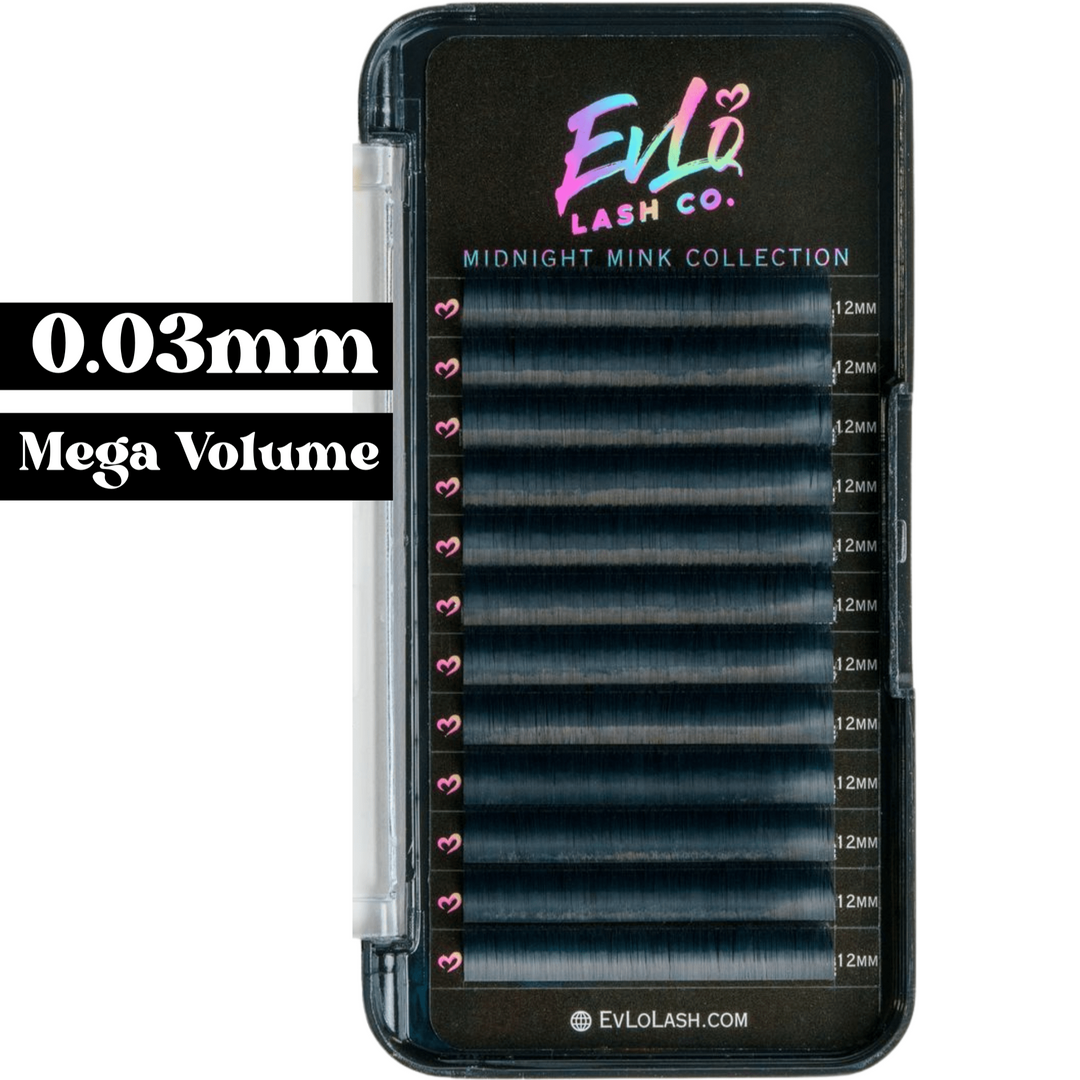
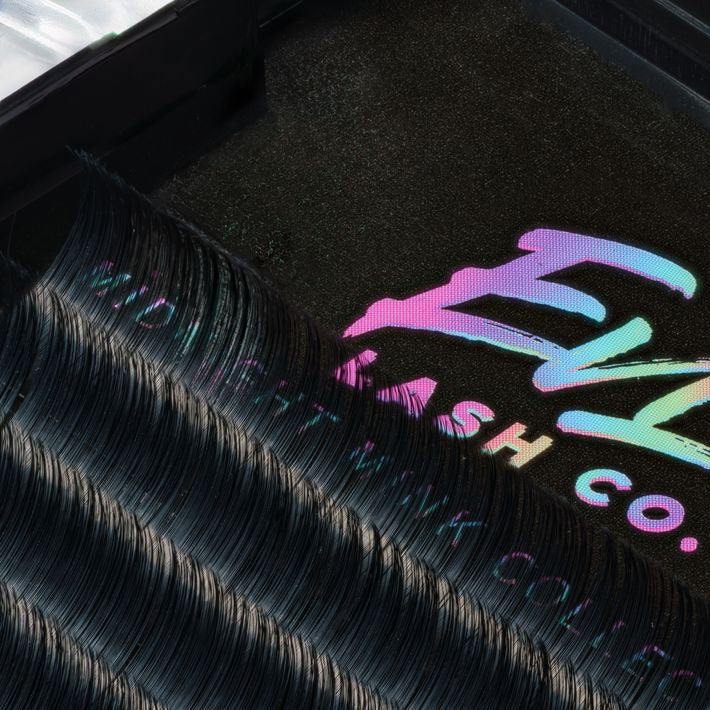
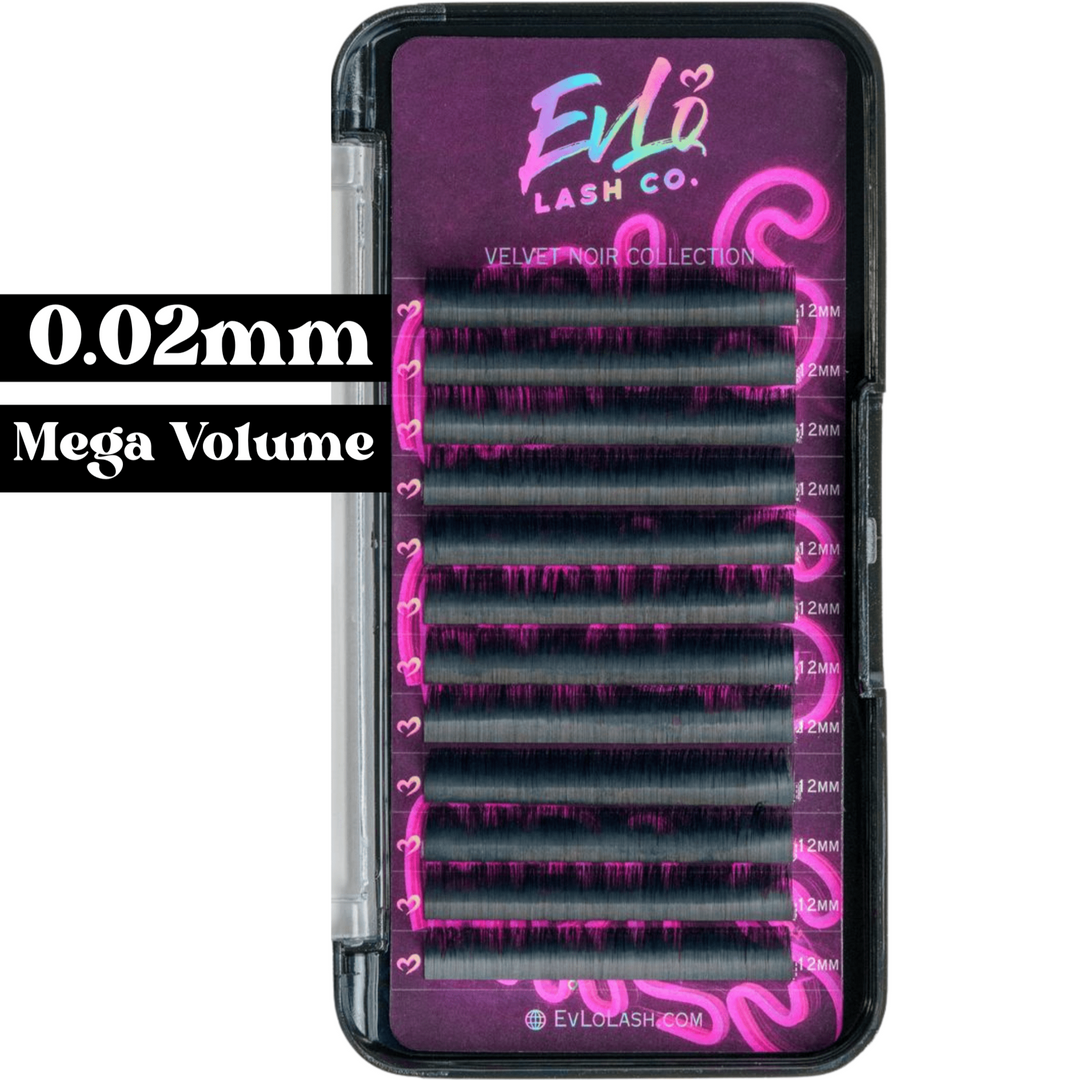
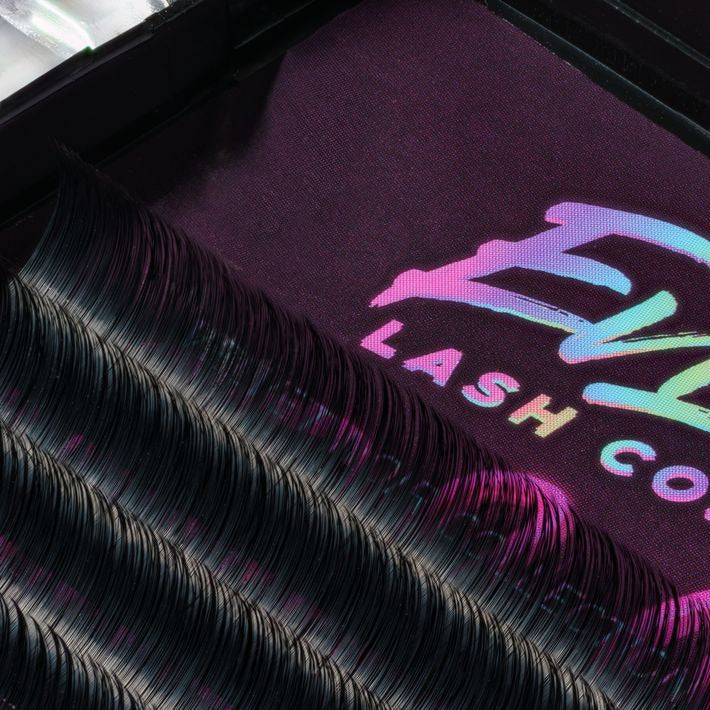
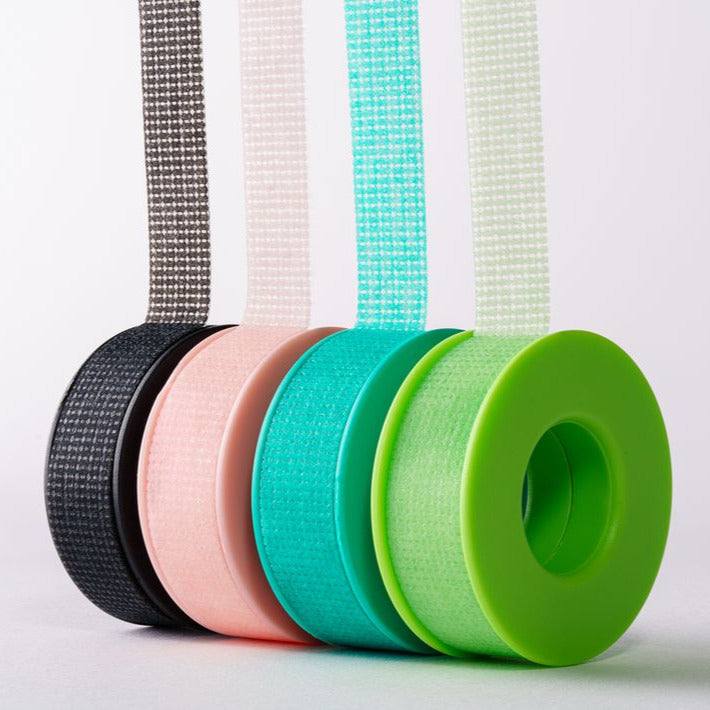
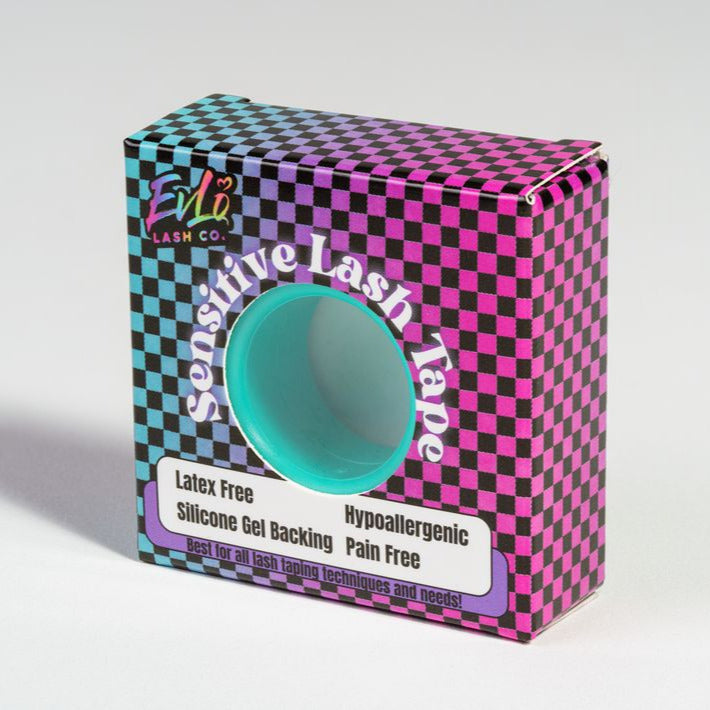


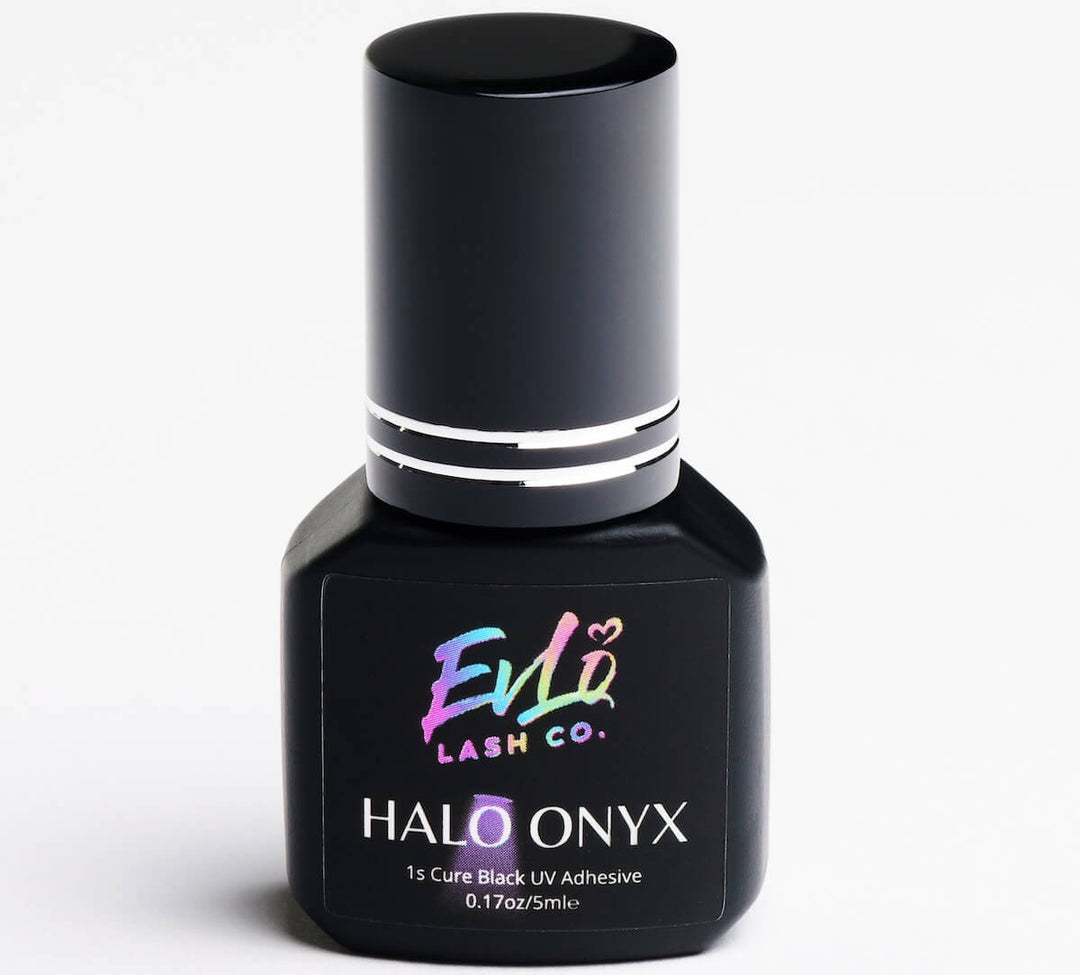
Laissez un commentaire